Made in Leiden
Outside of the university, many traces can be found of researchers and their discoveries. Do you already know how science in Leiden has influenced your daily life?
At our Science faculty, a lot is being discovered and researched. But to what extent does this influence our daily lives? Probably more than you would think. In this article, I discuss six scientists from Leiden who to this day have had profound influence on our world. After reading, you will probably look a bit differently at your watch, smartphone, or computer mice.
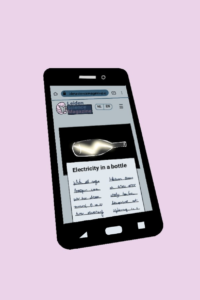

From jars to phones
We can’t live without them anymore, mobile phones. But without Pieter van Musschenbroeck (1692–1761), it is unlikely that they would constantly sit in our pockets as is the case today. The physician was fascinated by electricity. He loved doing experiments with it and might as well have been the first person to receive an artificial electrical shock!
In 1746, he developed the ‘Leyden jar’, which can temporarily store electric charge. The electricity entered the jar, filled with conducive water, through an electrode, and was trapped there by a layer of tin foil. Researchers used to think that electricity was an invisible fluid, which would be easily containable in a bottle. The American Benjamin Franklin put this to the test. He proved that lightning is a discharge of electricity by catching it with a kite. And yes, he trapped it in a Leyden jar.
Later versions of this form of electricity storage became the capacitors of today. These can be found in nearly every electrical device that you own. Think of your printer, car, camera and the touchscreen of your mobile phone.
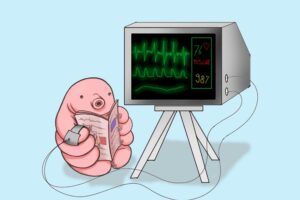

Cupido measuring hearts
Hopefully, you don’t have to look at ECG screens daily, but you probably have seen these measurements of a heartbeat flashing by in medical TV shows. This well-known rhythm can be measured by the heartfelt inventiveness of Willem Einthoven (1860–1920). This doctor was occupied by galvanometers, which measure small electrical currents. These devices were not accurate enough for the tiny currents within a heartbeat. You would need a very thin string, which was never made before.
That is why Einthoven started to muster up a plan. He dipped an arrow in molten quartz glass and fired it with a bow. A paper-thin thread emerged, which he covered in silver and mounted in his galvanometer. The string galvanometer was born. With this invention, Einthoven was the first to unravel the rhythm of our heart. Even the ECG-measurements of today depend on this string galvanometer.
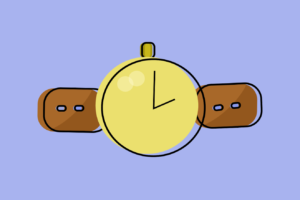

Timeless pendulum
Allright, the regular (or ’dumb’) watch has gone out of fashion. Still this timepiece manages to decorate wrists all over the globe. But how did we get from the huge clocks that stand in your grandparents’ house to wearable watches? Christiaan Huygens (1629 –1695) had some spare time to work on this problem.
He created a spring that is able to constantly swing the balance of a pendulum clock. With this invention, small clocks became way more accurate in measuring time. Originally, Huygens wanted to measure the time at sea with this device, but it was too much of a challenge to do this precisely enough. However, the discovery led to improved pocket watches, which became more and more popular. Eventually, wrist watches replaced the pocket watches, although they operated through the same principle. Huygens’ invention had cleared the way for the watches we know today.
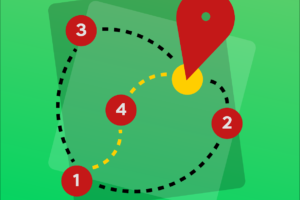

Fastest route calculation through the shortest path
Do you have to travel to a new place? Just grab your navigation, enter your location and destination, et voilà. You have found the fastest route. This quick calculation is possible due to Edsger Dijkstra (1930-2002). Being the first programmer of the Netherlands, he was an early bird in the industry. In fact, in 1957 he had to provide his occupation in order to get married, but this job did not officially exist yet!
Like a true pioneer, Dijkstra created the ‘shortest path algorithm’, also known as Dijkstra’s algorithm. It helps to calculate the shortest way in a short amount of time. It is not just useful for calculating the shortest distance, but the fastest or most energy-efficient route as well. And all this without redundant calculations. Dijkstra was very early with his discovery, and he could not publish right away. There were no scientific journals in his field of study: Automatic Computing. Only after three years was he able to publish. The next time you take a look at Google Maps or the TomTom in your car, you will know that Dijkstra has made your life a little bit more comfortable.


From DVDs to MRI scanners
*Beep* *beep* *beep*. Are you scanning your groceries at the self-scan counter? That is made possible by Nobel prize winner Nicolaas Bloembergen (1920-2017). He was fiddling and improving masers, a sibling to the laser. By doing this, he also contributed to the development of lasers. These can be found in DVD players, computer mice, laser shows, and of course good-old laser gaming.
Bloembergen did not stop at masers, and continued research on lasers. He used them to look at the structures of atoms. For his contributions to the field of laser spectroscopy, he received his Nobel prize. This scientist was definitely not sedentary and also developed the first nuclear magnetic resonance machine, a precursor of the MRI scanner. In short, you will find his influence all around you.
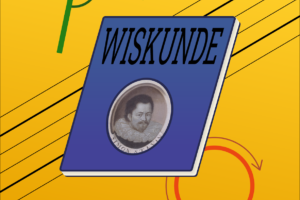

Talk mathematics to me
It could be that the Dutch name of your education is coined by Simon Stevin (1548–1620). This alpha in mathematics knew his way around a dictionary. In his opinion, the Dutch language was perfect for science because of its short and simple root words, which are easily joined together. He liked to contribute, and thought of new words or tried to popularize them. Think of the Dutch words for mathematics (wiskunde), chemistry (scheikunde), physics (natuurkunde), astronomy (sterrenkunde) and geometry (meetkunde). Although he initially had different words for them, such as wiskonst instead of wiskunde.
He also coined the Dutch expressions such as proportionate (evenredig), parallel (evenwijdig), tangent (raaklijn), rectangular (rechthoekig), to add up (optellen) and circumference (omtrek). Despite the common use of these words nowadays, not all of his fabrications made it into the dictionary. For example, you are possibly not familiar with his Dutch words for a defensive war (weerkrijg), library (boekkasse), and democracy (gemeenheid).
Doing your groceries, driving in your car, or checking messages on your phone? From now on you know how Leiden Science has contributed to these activities. And who knows, your name and research could be on a future list such as this one!



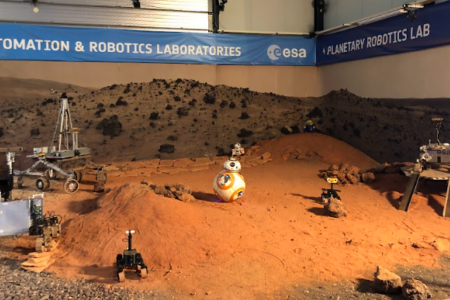
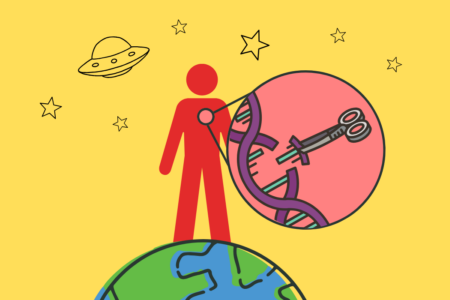

0 Comments
Add a comment